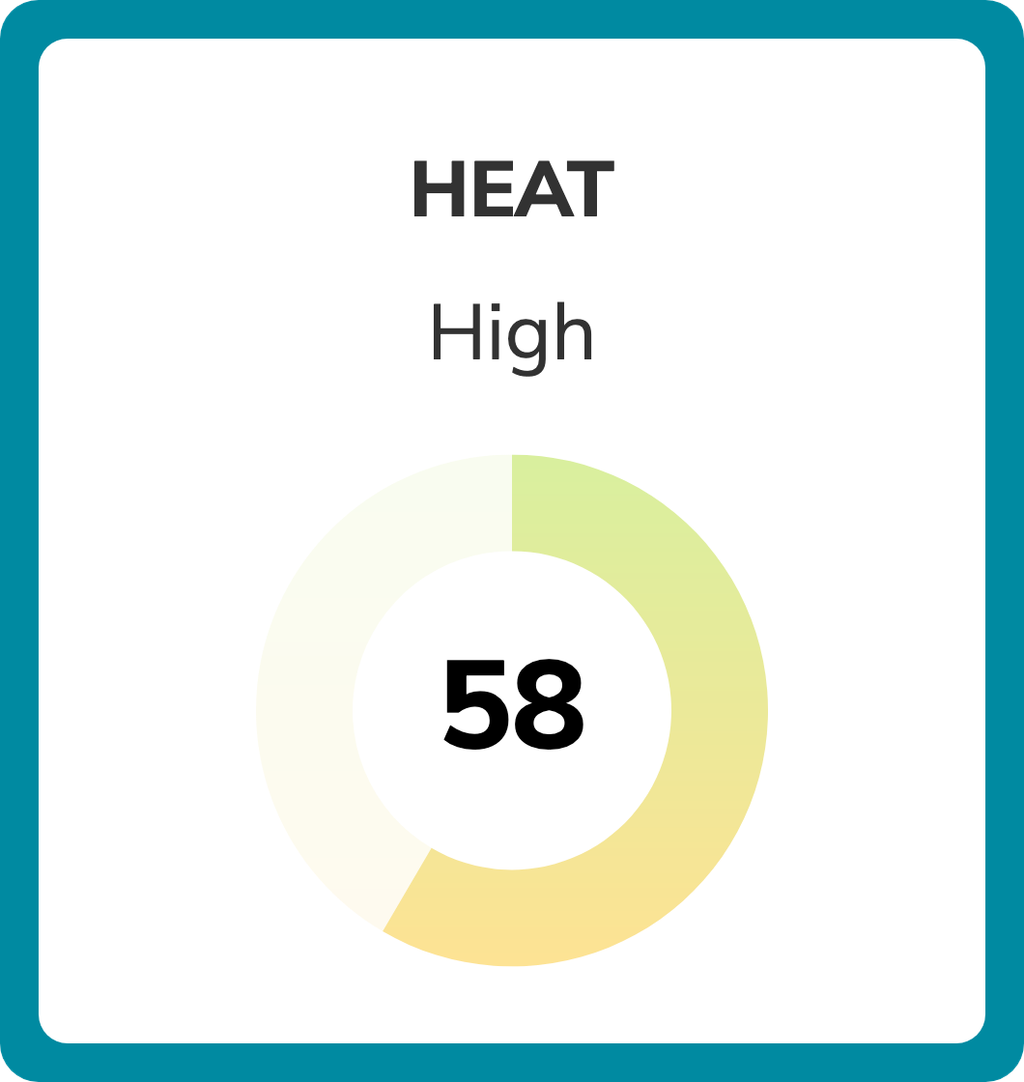Increased Precipitation In Western Massachusetts: A Climate Change Consequence

Table of Contents
The Rising Trend of Precipitation in Western Massachusetts
Data and Evidence
Data from the National Oceanic and Atmospheric Administration (NOAA) and local weather stations in Western Massachusetts reveal a clear upward trend in annual precipitation over the past several decades.
- Data Sources: NOAA, University of Massachusetts Amherst Climate System Research Center, local weather stations across Berkshire, Hampshire, and Franklin counties.
- Average Rainfall Increase: Analysis shows an average increase of 15-20% in total annual rainfall since 1980, with some areas experiencing even higher increases.
- Record Rainfall Years: Several years in the past two decades have witnessed record-breaking rainfall totals, leading to significant flooding incidents across the region. Specific examples include the exceptionally wet summers of 2011 and 2018.
- Location-Specific Impacts: Areas along the Connecticut River and its tributaries, as well as higher elevation regions prone to intense thunderstorms, have experienced particularly significant increases in rainfall.
Analyzing Rainfall Patterns
The increase in precipitation is not merely about higher annual totals; the pattern of rainfall is also shifting dramatically.
- Increased Intensity: There's a noticeable rise in the frequency and intensity of heavy rainfall events – those exceeding one inch in a single day. This leads to flash flooding and rapid runoff.
- Sustained Rainfall: While extreme events are more frequent, longer periods of sustained rainfall are also observed. This prolonged saturation of the ground increases the risk of soil erosion, landslides, and prolonged flooding.
- Impact on Water Resources: Increased rainfall can lead to both flooding and periods of drought, impacting water resource management and availability. The increased intensity of rainfall events overwhelms drainage systems and increases the risk of contamination of water supplies.
- Soil Erosion: Intense rainfall leads to significant soil erosion, impacting agricultural lands and degrading water quality.
The Link Between Climate Change and Increased Precipitation
Scientific Consensus
The scientific consensus firmly establishes a link between climate change and increased precipitation in many regions globally, including Western Massachusetts.
- Warmer Air Holds More Moisture: A warmer atmosphere can hold significantly more water vapor. This leads to more intense and frequent rainfall events.
- Shifting Weather Patterns: Climate change is altering atmospheric circulation patterns, influencing the movement of storm systems and leading to changes in precipitation distribution.
- Scientific Studies: Numerous peer-reviewed studies published in leading climate science journals confirm the relationship between anthropogenic climate change and increased precipitation in this region. (Cite relevant studies here)
Regional Climate Models
Climate models project that this trend of increased precipitation in Western Massachusetts will continue and intensify throughout the 21st century.
- Future Predictions: Models predict a further increase in both the amount and intensity of rainfall, potentially exceeding 25% by the mid-21st century.
- Increased Flooding Risk: These projections highlight a substantial increase in the risk of more frequent and severe flooding events.
- Uncertainty Factors: It's important to acknowledge uncertainties within climate models, but the overall trend of increased precipitation remains robust across various models.
Consequences of Increased Precipitation in Western Massachusetts
Flooding and Infrastructure Damage
The increased precipitation directly contributes to a higher risk of damaging floods, impacting critical infrastructure.
- Recent Flooding Events: Numerous instances of road closures, bridge damage, and basement flooding have been reported in recent years, resulting in significant economic losses.
- Vulnerable Infrastructure: Older drainage systems and aging infrastructure are particularly vulnerable to the increased volume and intensity of rainfall.
- Economic Costs: Repairing flood damage, managing emergency responses, and improving infrastructure to withstand increased precipitation impose significant economic burdens on communities.
Impacts on Agriculture and Ecosystems
Increased precipitation affects both agricultural productivity and the delicate balance of natural ecosystems.
- Crop Damage: Excess rainfall can lead to crop damage due to waterlogging, root rot, and the increased spread of plant diseases.
- Soil Erosion: Intense rainfall accelerates soil erosion, leading to nutrient loss and reduced agricultural yields.
- Ecosystem Changes: Altered rainfall patterns can disrupt natural ecosystems, affecting the distribution and abundance of plant and animal species.
Public Health Concerns
Increased precipitation poses several public health challenges.
- Waterborne Diseases: Flooding can contaminate water sources, increasing the risk of waterborne diseases.
- Mold Growth: Increased humidity and water damage from flooding contribute to mold growth in buildings, posing respiratory health risks.
- Vector-Borne Diseases: Standing water after heavy rainfall creates breeding grounds for disease-carrying insects like mosquitoes.
Conclusion
The evidence overwhelmingly demonstrates a significant increase in precipitation in Western Massachusetts, strongly linked to climate change. This trend has far-reaching consequences, including increased flooding, infrastructure damage, agricultural impacts, ecosystem disruptions, and public health risks. Understanding increased precipitation in Western Massachusetts is crucial for developing effective strategies to protect our communities and environment. Learning about climate change and supporting sustainable practices, advocating for climate action, and investing in resilient infrastructure are essential steps towards mitigating the effects of increased precipitation in Western Massachusetts and building a more sustainable future.

Featured Posts
-
 One Night Only Brandon Inge At The Kalamazoo Dugout
May 31, 2025
One Night Only Brandon Inge At The Kalamazoo Dugout
May 31, 2025 -
 Are Apples Operating System Names Changing A Look At The Rumors
May 31, 2025
Are Apples Operating System Names Changing A Look At The Rumors
May 31, 2025 -
 Trump Hearing Elon Musk And Scott Bessents Heated Exchange
May 31, 2025
Trump Hearing Elon Musk And Scott Bessents Heated Exchange
May 31, 2025 -
 Receta De Lasana De Calabacin De Pablo Ojeda La Version Mas Facil De Mas Vale Tarde
May 31, 2025
Receta De Lasana De Calabacin De Pablo Ojeda La Version Mas Facil De Mas Vale Tarde
May 31, 2025 -
 Hotgirl Cau Long Viet Nam Buoc Tien Manh Me Huong Den Muc Tieu Top 20 The Gioi
May 31, 2025
Hotgirl Cau Long Viet Nam Buoc Tien Manh Me Huong Den Muc Tieu Top 20 The Gioi
May 31, 2025
